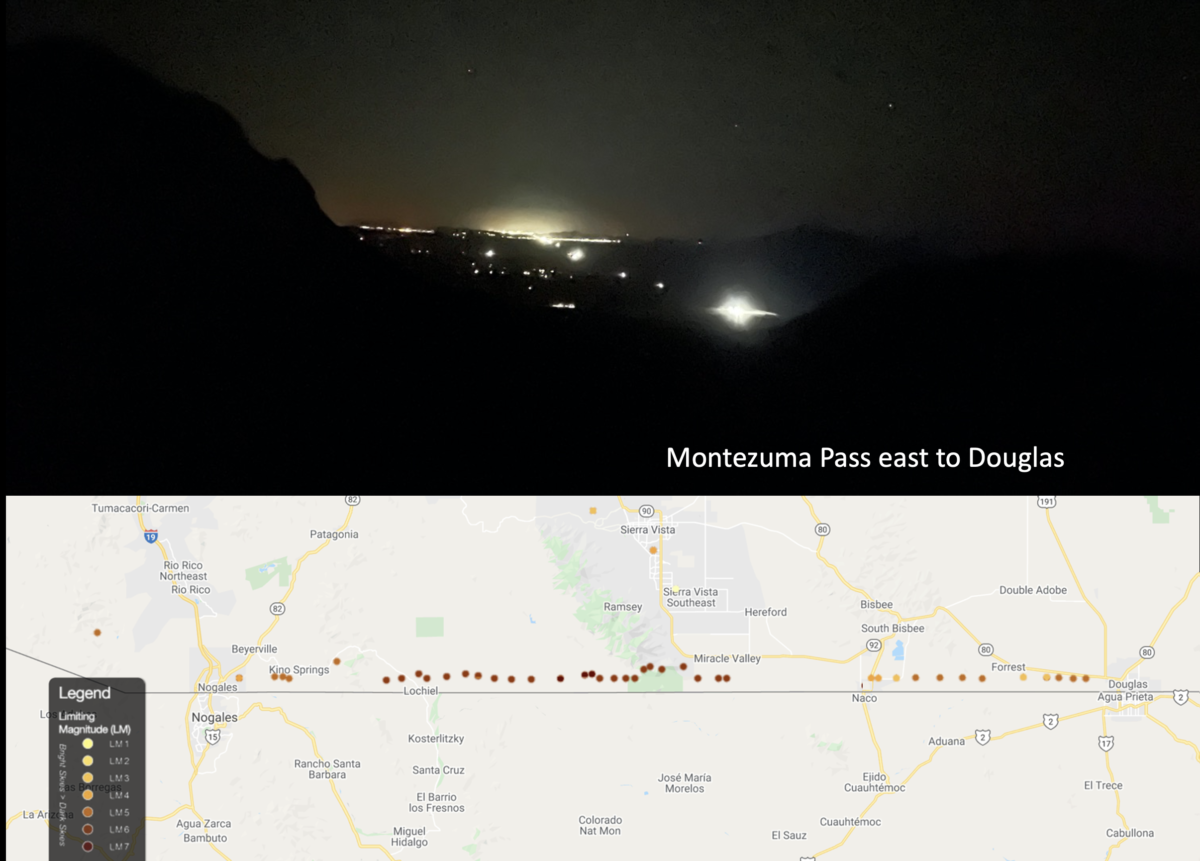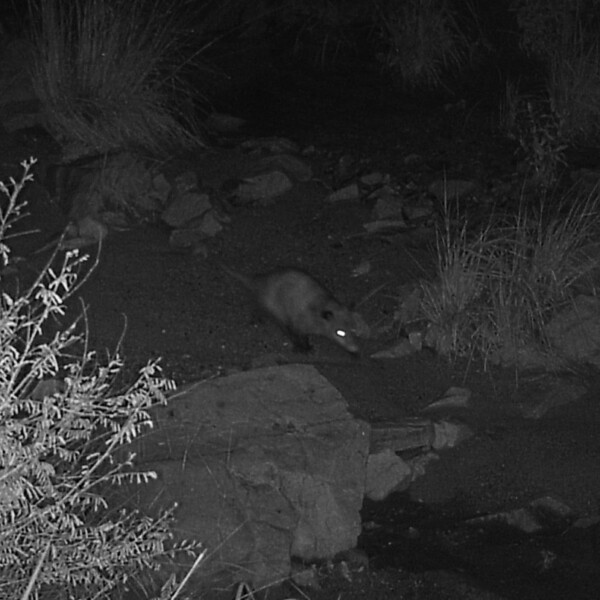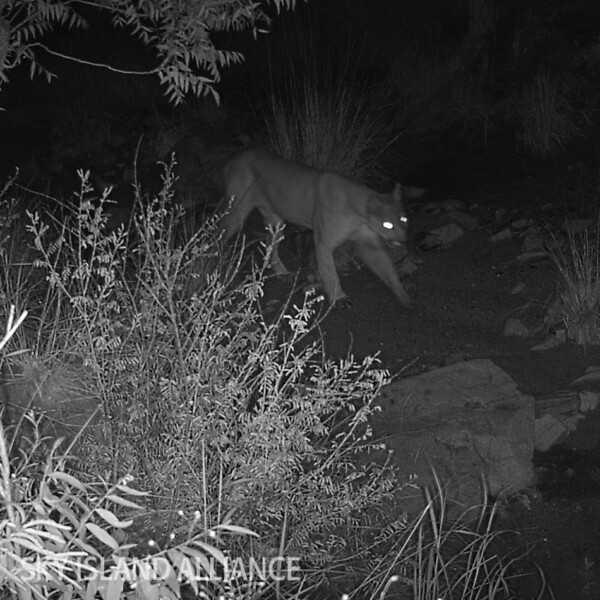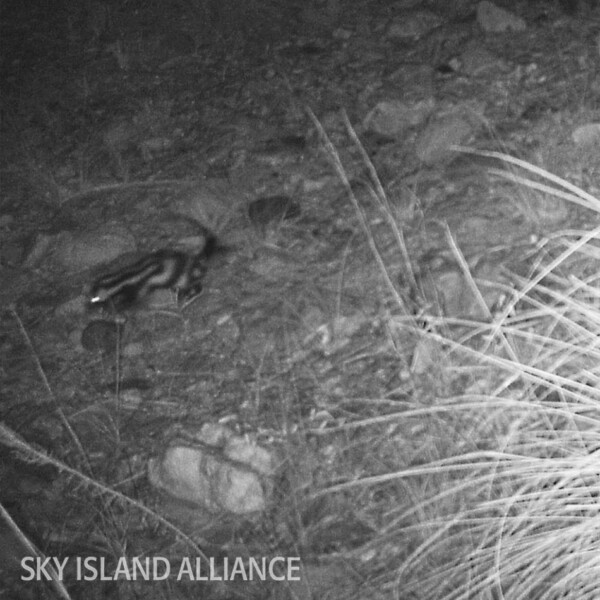In April 2021, Sky Island Alliance and Round River Conservation Studies followed the Globe at Night methodology to measure the nighttime sky quality across the Border Wildlife Study site and along the flanking border regions.
Along 84 miles, our staff and volunteers took stellar magnitude readings of the sky at night at points between the border cities of Nogales and Douglas, AZ. Using both visual assessments of how many dim stars were visible in the constellation Leo and technical measurements using a Sky Quality Meter, we mapped where the most and least light pollution is affecting the nocturnal environment.

Photo caption: The night sky quality measurements we took vary significantly between the border towns of Nogales and Douglas, Arizona, with the darkest skies and the least light pollution found in the San Rafael Valley (darker red dots indicate higher stellar magnitude) where sky glow from border wall and city lights are blocked by the Patagonia and Huachuca Mountains. The photo was taken on Montezuma Pass in the Huachuca Mountains where border lights are visible to the east towards Douglas. More light-polluted locations on the border have lower stellar magnitude (indicated by lighter yellow dots), meaning that dimmer stars are less visible.
We found that both city and border wall lights, especially around Douglas, Naco, and Nogales, created a significant amount of light pollution, reducing the sky quality at night. While the Border Wildlife Study site itself is largely unlighted and protected from sky glow cast by cities to the west of the Patagonia Mountains and east of the Huachuca Mountains, the borderlands are either affected by the wall lighting that currently illuminates the landscape or are still at risk of light pollution because border lighting infrastructure is present—just not yet turned on.
A majority of the mammal species we’ve detected on our Border Wildlife Study cameras so far are active at night. Protecting dark night environments is an important aspect of the conservation work we do at Sky Island Alliance. Even if further border wall construction does not occur, it is vital that we advocate to turn off border wall lights now and resist the installation of more border lights that will disrupt the natural migration and ecology of numerous species in the region.
To learn how to conduct dark sky measurements in your own backyard, watch this recorded webinar from Globe At Night leader Connie Walker. You can also watch our one-year border recap here.
Related Reading:




